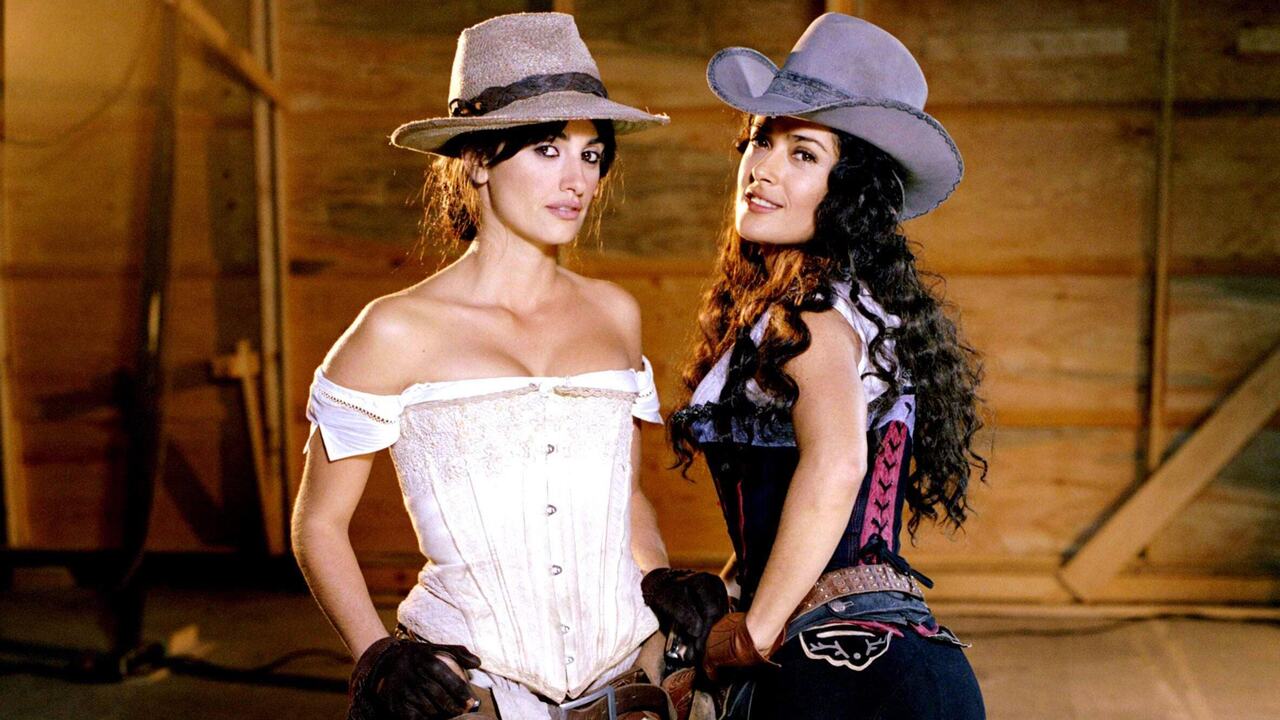
Ethnic stereotypes are a harsh but celebrated reality of Hollywood. As early as the silver screen, we saw certain archetypes being repeated and enhanced. These were particular to a specific ethnicity. These were overgeneralized simplifications that shrouded the base character design and overpowered it.
However, the public heavily enjoyed this phenomenon in the films. We saw various stereotypes for female Latin characters become a recurring theme. In this post, we will be discussing some of the most commonly occurring stereotypes the Latina characters were molded on.
If you wish to watch any of the old classics we are talking about in this article, you can do so on Spectrum TV’s Turner Classic Movies channel, commonly known as TCM. If you are a film-head with a taste for old classics, you can go to Spectrum español and subscribe.
Without further ado, let’s divulge the details of two of the most popular Latina stereotypes in Hollywood.
A dark lady is a Latin female Latin who is innocent and virginal. In addition to this, she is aristocratic and carries heavy appeal. There is either coldness or distance that makes her an object of attention to Anglo males. She is thoughtful and aloof.
In films like "Flying Down to Rio," "Caliente," del Rio played the fascinating Latin woman. The rationale for the existence of the dark lady is that Hollywood capitalized on the Latin features that could be sexualized and were absent in Anglo women.
John Hirschfeld in "The Invention of Dolores Del Rio" argues that del Rio was often considered as Spanish or Latin with hints of quasi-European blood. They wrote about her Mexican heritage. The closer she got to being perceived as white and European, the less condescending the stereotype was.
Rita Hayworth or Margarita Carmen Cansino, at the beginning of her career, played a raven-haired dark lady. When she married the best test man ever, Orson Welles. He helped her see that being Hispanic limited her to work as a cinematic loose woman. This made her change her image and name. Hayworth was transformed.
The Spitfire was also referred to as the female clown. This archetype made the foreign Latin American traits that were previously eyed with suspicion and fear something to be laughed at. This character was volatile, angry, funny, and basically just a physical manifestation of chaos.
The first Latina spitfire was Lupe Velez, who was often focused on the comedy of errors created by intercultural miscommunication. In the comedic tensions incarnate in the romantic relationship between the Latina star and her white U.S. paramour. Velez's character solidified this archetype.
Velez was considered a B-movie actress, speaks with a heavy accent, and when she's annoyed, she bursts into uttering rapid-fire Spanish. Her image was oversexed and overly emotional. Her personal life often drew intertextual themes into her work, known for her volatile personal life.
Even before her Spitfire role in the 1940s, her characters are wont to have tantrums and often literally throwing objects across a room or pulling weapons on the man they love. Her immigrant roots are part of her character too.
In these films, the character solidifies the vision of immigrant identity and enhances the American fear of the immigrant. This was a passive character that was commonly acting as a damsel in distress. She was closely identified with Mexico, deemed the Mexican Spitfire, the Mexican Moon Son, or the Mexican Pepper Pot.
We can say that Velez signified one specific section of Hispanic immigrants who were thought to be culturally boisterous and legally questionable. A burden on American resources and a presence that challenges the all-American dominance. She, therefore, had to be funny to show white people that Mexicans weren't threatening. Del Rio, on the other hand, was usually depicted as relaxed, mysterious, and exotic.
While these characters were very popular and heavily appreciated on screen, they did what all stereotypes do, reduce an entire ethnicity to a generalized simplification. Even though these characters have a faint ring of truth to them, they reduce an entire ethnic group to two or three major frameworks. They were a very convenient entryway into Hollywood and the easiest way to gain diverse inclusion on screen with a counter-productive effect on Latin cultural representation. This does not take away from the fact that these characters were genuinely entertaining and made the artists’ craft very pronounced.
Hi Everyone, after a due consideration, we have decided that we will be open for donations to help us in managing our website. We will be greatful for any kind of amount we receive. Thanks!
— Midgard Times 🎬 (@Moviesr_net) January 4, 2026
PayPal- [email protected] pic.twitter.com/DlNNz5Npm5
Get all latest content delivered to your email a few times a month.
Bringing Pop Culture News from Every Realm, Get All the Latest Movie, TV News, Reviews & Trailers
Got Any questions? Drop an email to [email protected]